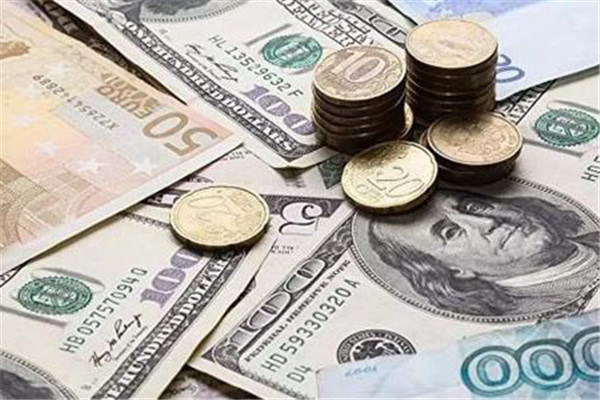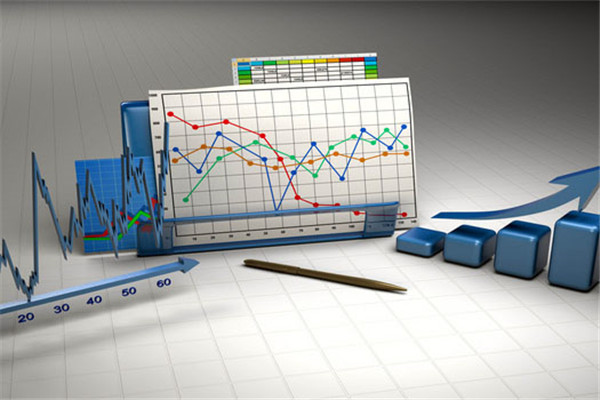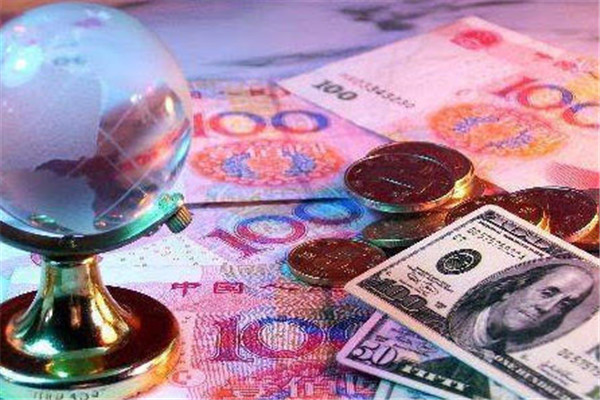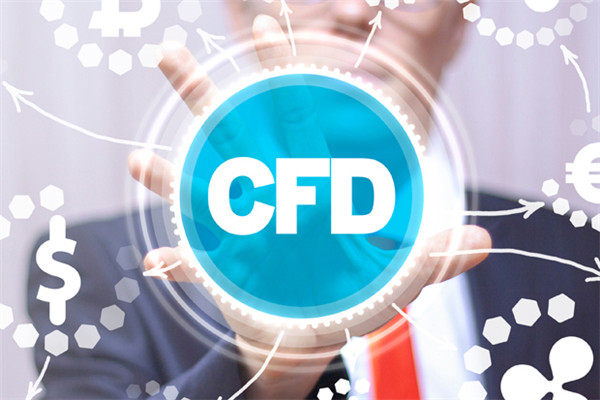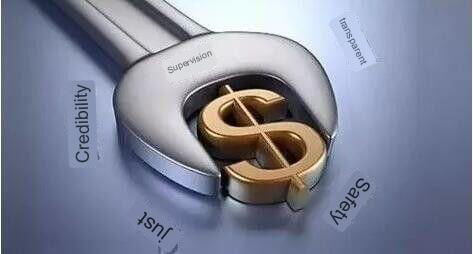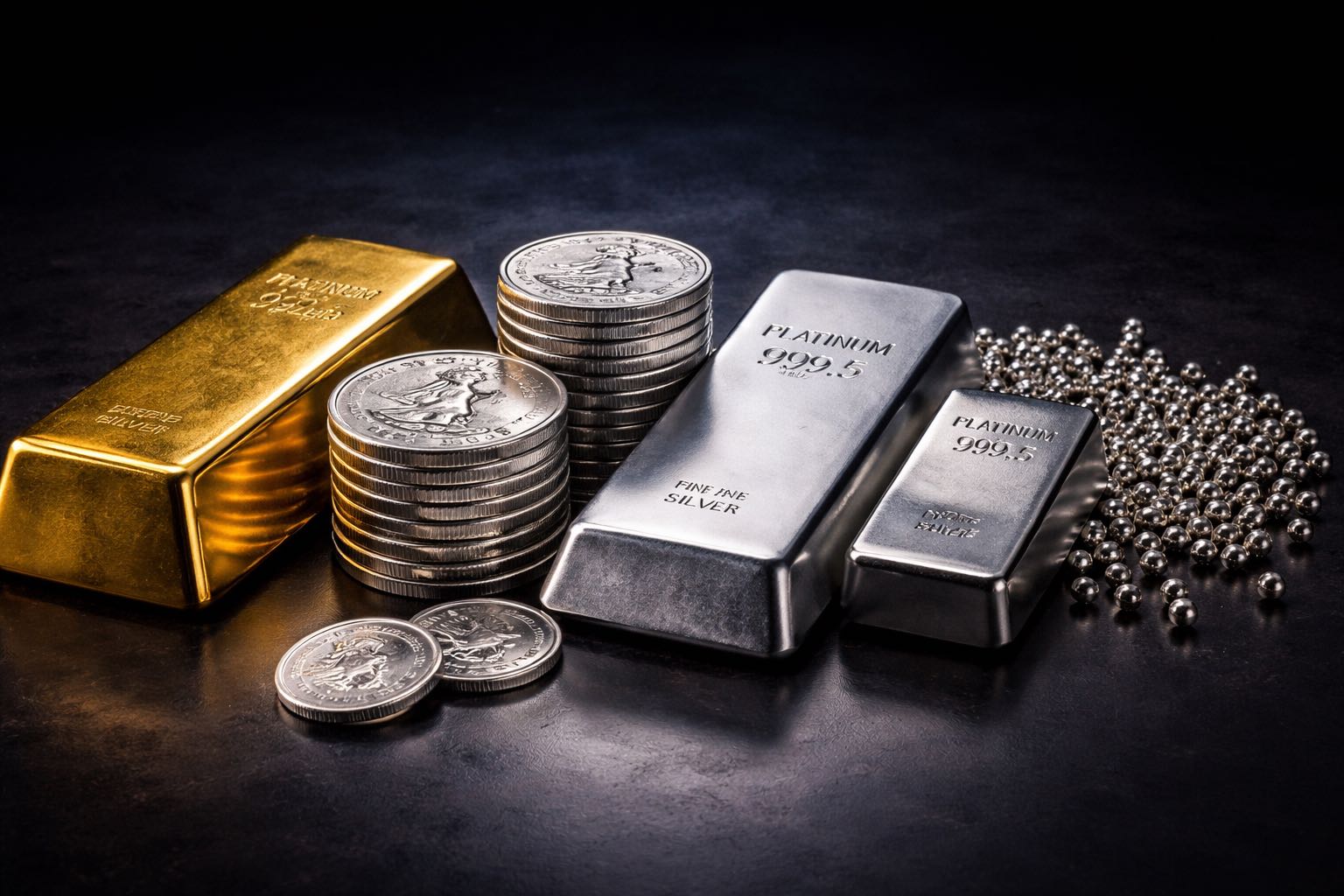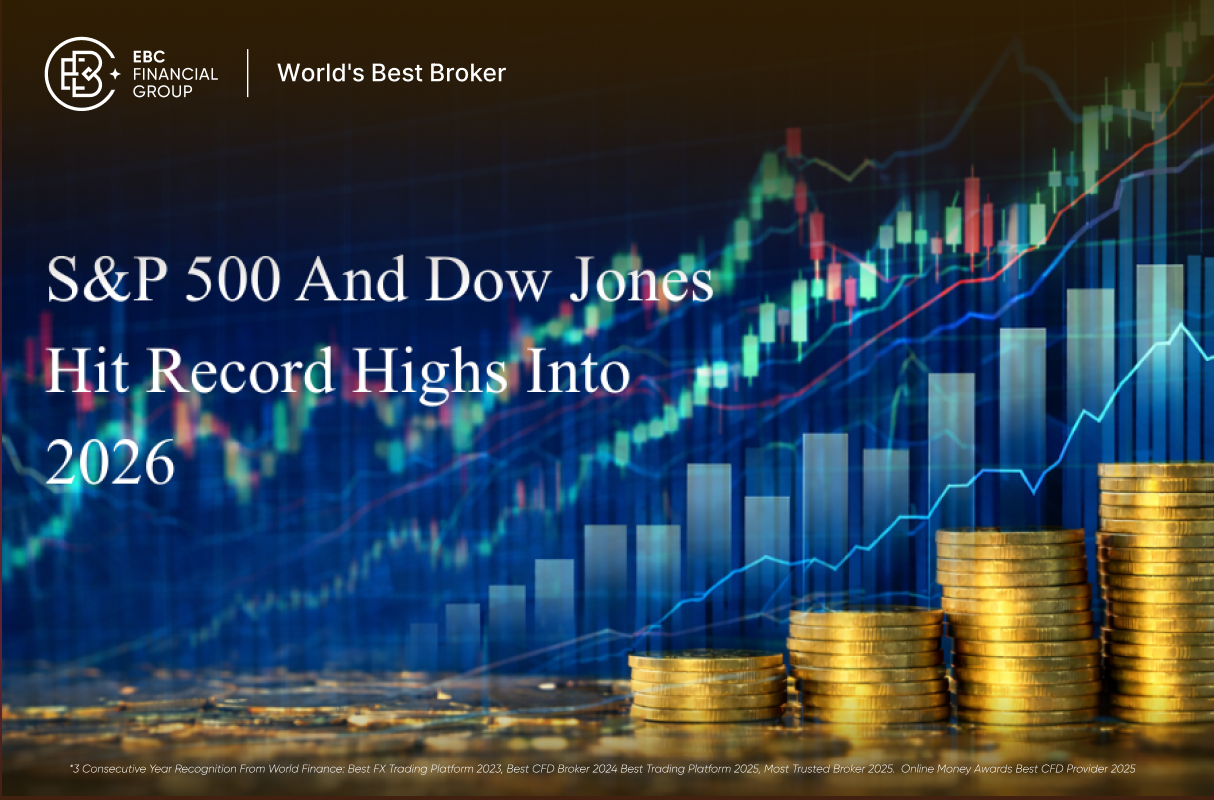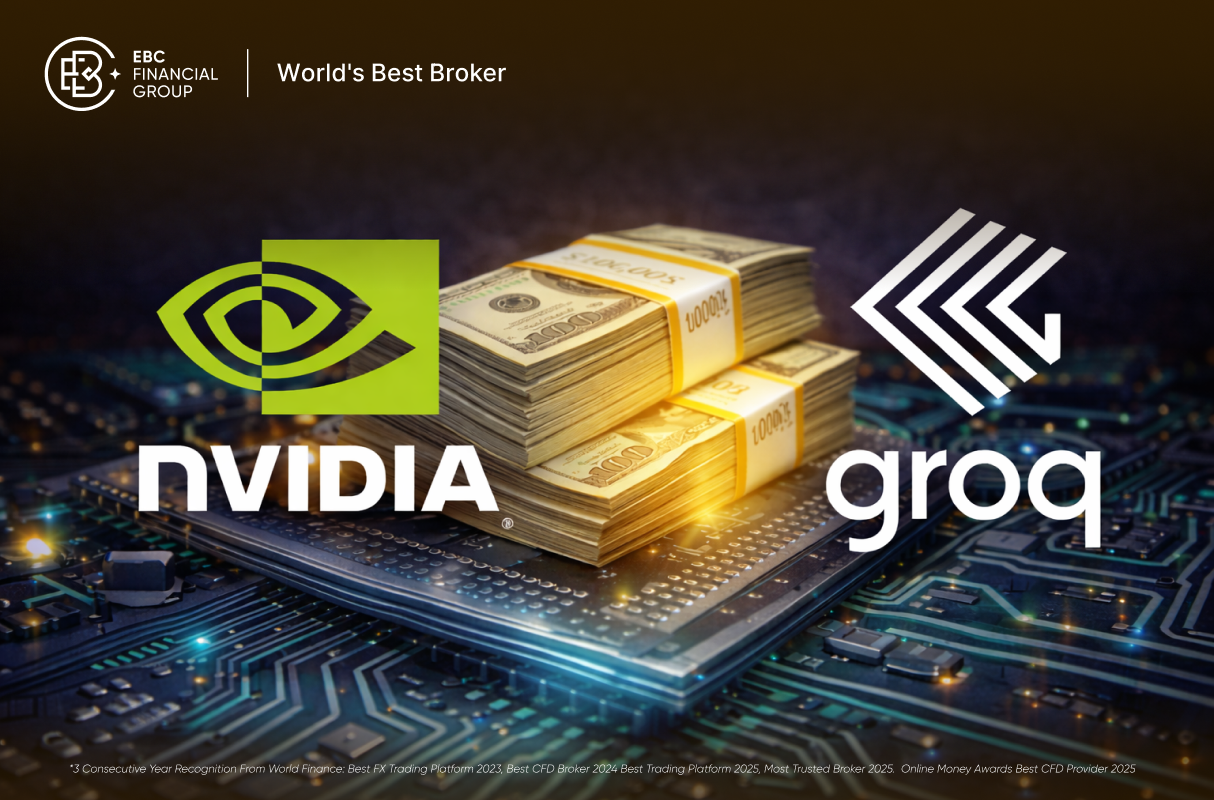Some people say that only three-tenths of the people who make money in stock
trading, but two-thirds of the people who speculate in forex, can
make money. This is one of the reasons why people have been constantly inquiring
about the specific situation of foreign exchange speculation in recent years.
What are the detailed trading methods for forex in this article?
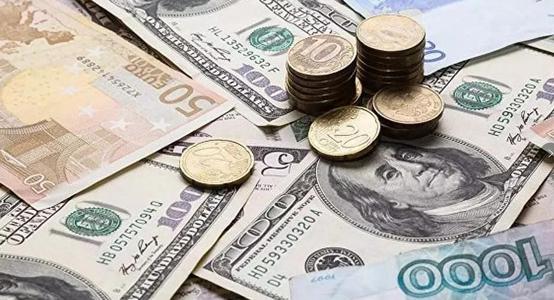
In forex trading, there are generally four trading methods: spot
forex trading, forward forex trading, forex
futures trading, and forex option trading.
1. Spot forex transactions
Also known as spot trading, it refers to a trading behavior where both
parties handle delivery procedures on the same day or two trading days after the
completion of forex trading. Spot trading is the
most commonly used trading method in the forex market, accounting for
the majority of the total trading volume. This is mainly
because spot transactions can not only meet the temporary
payment needs of buyers but also help buyers and sellers adjust the currency
proportion of forex positions and avoid risk.
2. Forward forex transactions
Unlike spot trading, it refers to forex trading
conducted by market participants on a specified future date (usually 3 business
days after the transaction date) in accordance with the provisions of forward
contracts. Forward forex trading is an indispensable part of an
effective forex market. In the early 1970s, the international
Exchange rate regime changed from a fixed exchange rate to a floating exchange
rate, which aggravated the exchange rate fluctuations, and the financial market
flourished, thus promoting the development of the Forward exchange market.
3. Forex futures trading
With the development of the futures trading market, currency (foreign
exchange), which used to be the commodity Medium of exchange, has also become
the object of futures trading. Futures trading refers to the
trading activity of forex buyers and sellers on an organized exchange
at a certain time in the future (a certain date in the future), buying and
selling a certain standard quantity of specific currencies at a price determined
by public bidding (similar to an auction). Here are some concepts that readers
may find a bit vague, explained as follows: a. Standard quantity: The number of
futures trading contracts for each specific currency (such as pounds) is the
same; for example, the number of futures trading contracts for each pound is
25000 pounds. B. Specific currency: refers to the specific type of transaction
currency specified in the contract terms, such as Japanese yen for three months
and US dollars for six months.
4. Forex option trading
Forex options are often considered an effective hedging tool as
they can eliminate depreciation risks and preserve potential profitability. What
we introduced above is forward trading, and the delivery of forex can
be on a specific date (such as May 1st) or during a specific period (such as May
1st to May 31st). However, both parties have an obligation to deliver the goods
comprehensively in two ways. Forex options refer to the right of one
party (the option holder) to enter into a contract and decide whether to execute
(deliver) the contract. If willing, the buyer (holder) of the contract can allow
the option to expire without delivery. The seller has no right to decide whether
to deliver the contract.
In addition to the above trading methods, there are also other forms of
derivative trading in the forex market, such as contracts for
differences (CFD). These trading methods provide more flexibility and diversity,
allowing investors to choose and trade based on their own needs and strategies.
However, regardless of the trading method adopted, investors need to conduct
sufficient analysis and risk management of the market to ensure the success and
safety of transactions.
